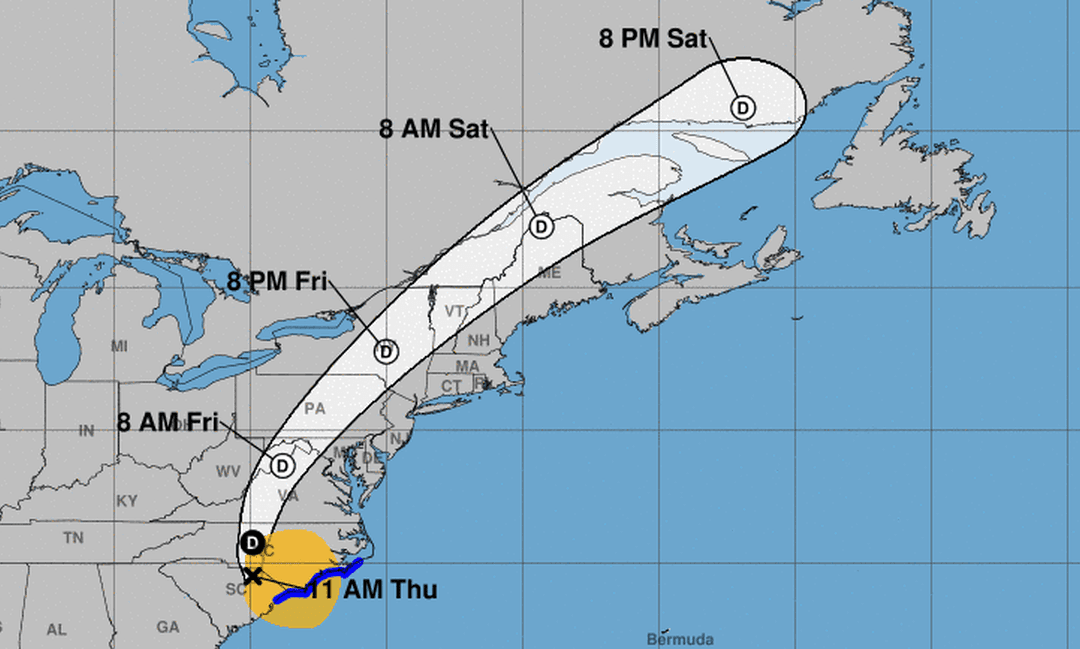Flood advisories and alerts were implemented for a large swath of the U.S. East Coast on Aug. 8 as Tropical Storm Debby made landfall in South Carolina and is forecast to turn into a depression on the morning of Aug. 9 before it passes over the mid-Atlantic and northeastern United States.
A review of an updated map from the National Weather Service (NWS) of advisories and warnings for the United States shows that flood advisories were issued for the Carolinas, Virginia, West Virginia, Maryland, Pennsylvania, New York, Vermont, New Hampshire, and Washington, D.C. Flash flood warnings were in place for most of North Carolina and a small portion of South Carolina.





